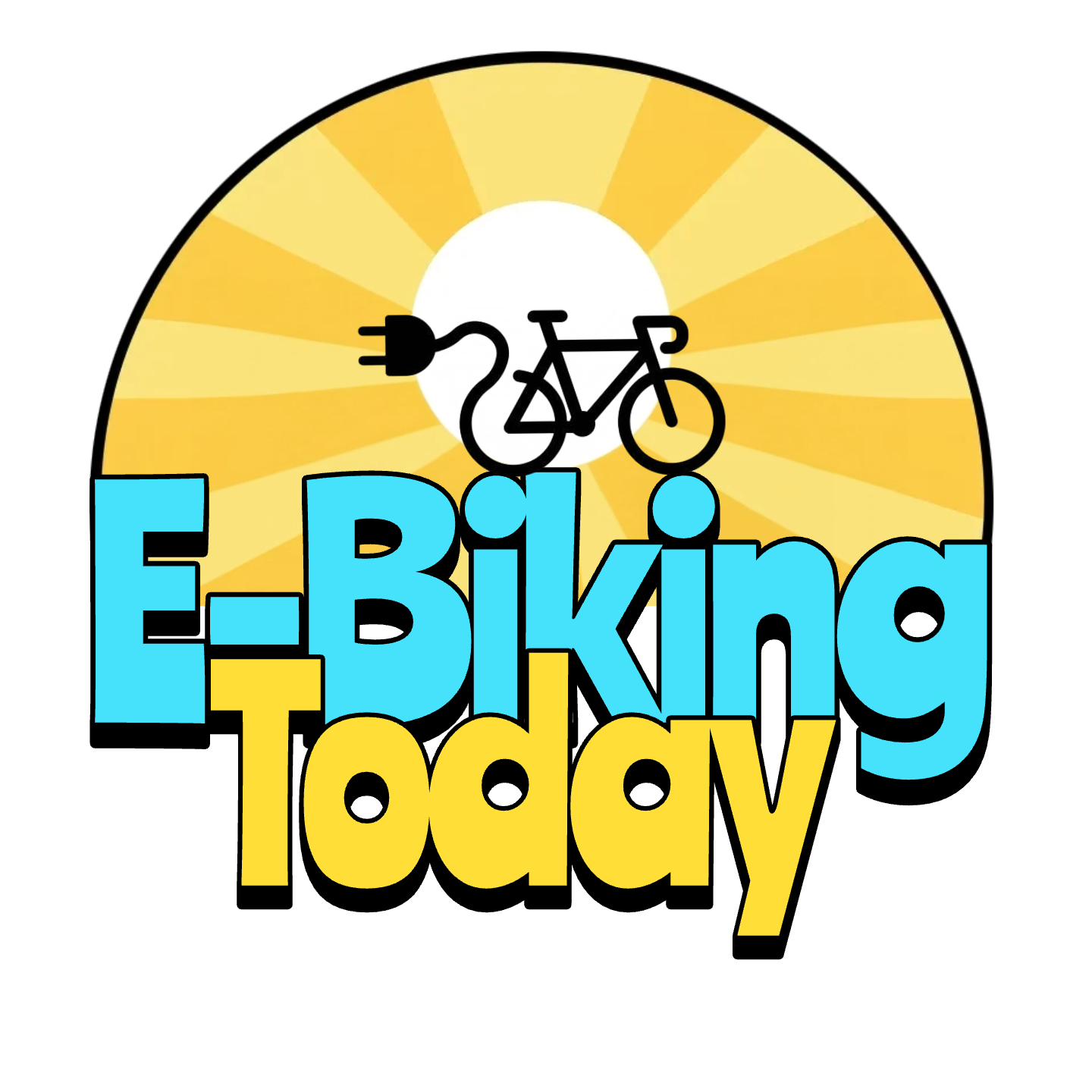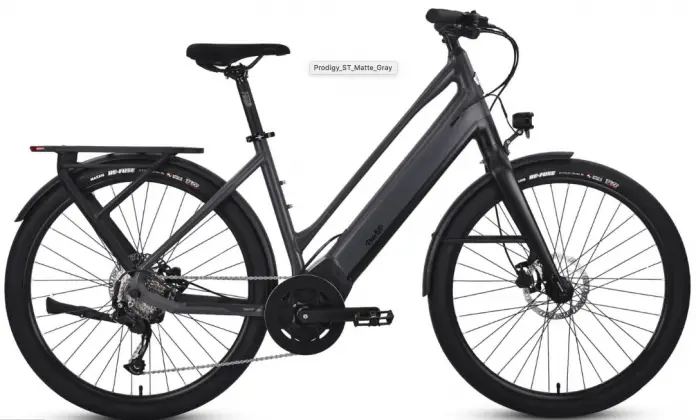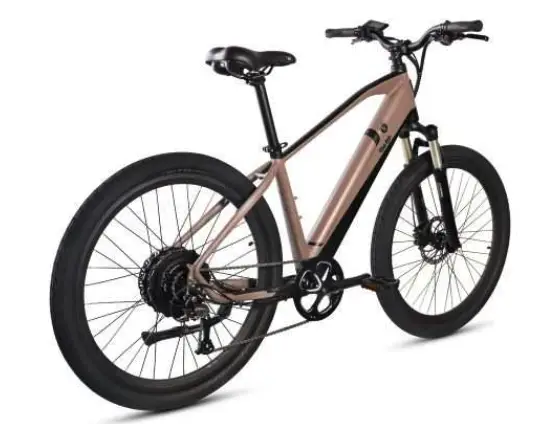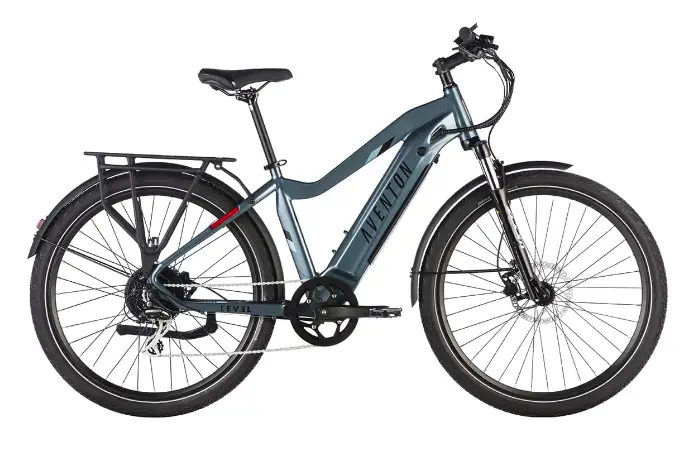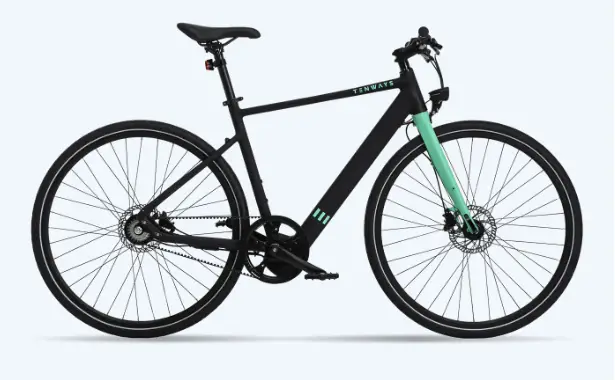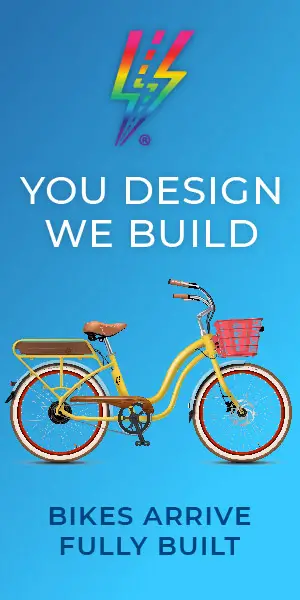Do you know whether you need a torque sensor or a cadence sensor? And that, perhaps, if you love exercise and want to pedal hard, you may want an e-bike with a torque sensor. Now you’re probably wondering what this means and how to get an electric bike with a torque sensor.
Electric bikes that have torque sensors are harder to find than those with cadence sensors. Torque sensors are generally found on more expensive e-bikes and in high-quality brands. You will likely pay $2000 or more for an e-bike with a torque sensor.
However, exceptions to this rule are becoming more common, as you can see in the list below.
Since they can be tough to find, I’ve compiled a list of electric bikes with torque sensors (from top brands):
| E-Bikes with Torque Sensor | Top Speed | Range | Type | Price |
| Aventon Aventure 2 | 28mph | Up to 60 miles | On/Off-Road Fat Tire E-Bike | $1899 |
| Aventon Level 2 | 28mph | Up to 60 miles | Commuter | $1799 |
| Electric Bike Company Model X | 28mph | 65+ miles | Cruiser/Commuter | $2098+ |
| Juiced Bikes HyperScorpion | 30mph | 50-70+ miles | Moped-Style | $2499 |
| Juiced Bikes RipCurrent S | 28mph+ | 70+ miles | Off-Road Sport Fat Tire E-Bike | $2399 |
| Juiced Bikes CrossCurrent S | 28mph | 80+ miles | Commuter | $2199 |
| Lectric XPremium | 28mph | 100+ miles | On/Off-Road Mid-Drive Electric Bike | $1599 |
| Ride1Up LMT’D | 28mph | 30-50 miles | Commuter | $1695 |
| Ride1Up Prodigy | 28mph | 30-50 miles | Brose Mid-Drive Motor Bike | $2295 |
| QuietKat Ibex | 28mph+ | 60+ miles | Electric Mountain Bike | $6199 |
| QuietKat Jeep E-Bike | 28mph+ | 22-44 miles | Off-Road (4.8″ fat tires) | $5499+ |
| TENWAYS CGO600 | 20mph | Up to 43+ miles | Commuter | $1799 |
Some people find that paying more for an e-bike with a torque sensor is totally worth it. Having one feels like your pedaling is increased several-fold and gives you more power per pedal.
Many e-bike riders learn through trial and error which sensor works the best for them… a torque or cadence sensor. But rather than purchasing multiple electric bikes to discover what works best, I’ve set out to help you figure out what e-bike sensor type you want and need.
What is Torque?
Torque is the tendency of a force to cause or change a body’s rotational motion. Simply put, torque is the measurement of power something has. Torque can apply many different kinds of force. With e-bikes, torque is measured at the point where you are pushing on the pedals.
It’s the torque required to climb a mountain that makes pedaling almost impossible. And it’s the provided torque that makes going down a hill so freeing. Everyone experiences torque in their daily lives, whether they realize it or not. Torque is almost literally what makes the world go round, and having a good understanding of it can make your life a lot easier.
For bikes, the pedals are the main point of torque, through which you make everything turn and move. When you increase the total torque, you may easily find yourself enjoying bike rides a lot more than you previously did. The torque provided in electric bikes can become almost addictive once you get used to it!
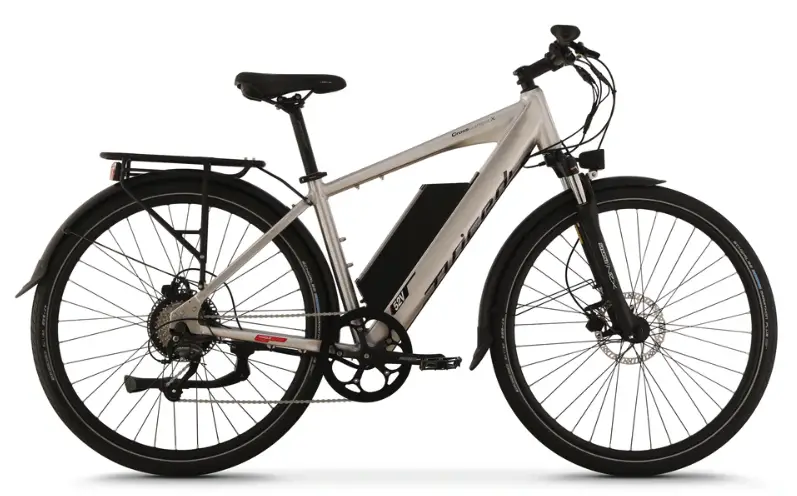
How Is Torque Measured in an E-Bike?
Attached to the pedals of the bike is a sensitive system that measures precisely when you are applying torque on the pedals. This pedal assist technology measures approximately 1000 times per turn how much torque you’re using, boosting the torque you are applying by the necessary amount.
This is why the battery of an electric bike holds its charge so much longer when you are pedaling instead of just using electric power.
This accurate measurement allows the motor to make you go faster when you are applying power. In some of the newer integrated systems, the motor assists and adds torque to your pedaling. This helps you go a little faster and even charge the batteries as you move.
The actual torque measurement is different on every e-bike as they all have different gear ratios and boost power. If you’d like to measure how much torque is being applied each time, you can use an app. But, your e-bike will need to connect to your phone (which many newer models do). Using this technology, you can measure just how much power and energy you have used.
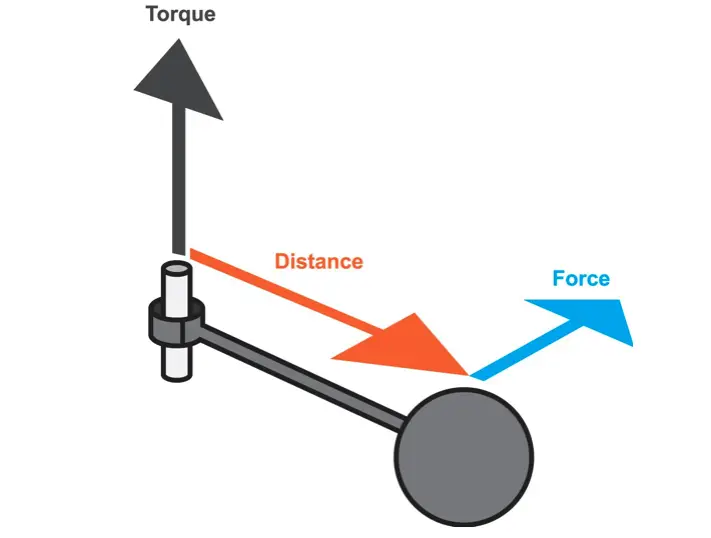
Torque Sensor vs Cadence Sensor
Generally speaking, a torque or cadence sensor measures how much force you’re putting into your pedals. The sensors then use this information to calculate how much power should be generated from the motor. This allows you to continue moving forward at a consistent speed.
When you decide to go shopping for an electric bike, either through browsing online or in person, you’ll encounter a huge amount of different e-bikes. All e-bikes either use a cadence sensor or a torque sensor, with some of the newer models using both to provide double the benefits.
Bicycle companies have learned through trial and error that there are distinct benefits to using either system. And, naturally, you need to know what these are before buying.
You may be surprised at how much the sensor type differs. In fact, most people are not aware of sensors at all. Alternatively, those who love e-bikes might know enough about sensor differences to even upgrade their older e-bikes to the best possible sensor instead of buying a new one.
Check out our e-bike conversion Guide and kit recommendations.
What does a torque sensor do?
A torque sensor determines how much power to put out based on how hard you are pedaling. If you pedal lightly, you’ll move forward in the same manner. However, if you pedal with force, you’ll get moving quickly. This is because a torque sensor is faster in responding to the power you are giving the pedals. It’s immediate!
In other words, a torque sensor works in conjunction with the energy you are giving to the bike with your own feet. So when you pedal, you’re directly connecting with the system that gives you power. A torque sensor has often been described as intuitive. It senses what you’re trying to do and power is delivered as needed.
This allows you to have a lot more control over your electric bike. For example, if you’re tackling a hill, as soon as you start the incline your electric bike will provide more torque, possibly without you even needing to increase the pedal assist level.
Basically, a torque sensor forces you to be a lot more active and use your own power to move forward. So you won’t be getting lazy with one of these!
Want to learn more about getting exercise on an electric bike, regardless of the sensor it uses?
How does a cadence sensor work?
A cadence sensor only considers how fast you’re pedaling, rather than how hard. This type of sensor produces power from the electric motor at set intervals depending on the amount of power you are putting into the pedals and the overall speed you are going.
As you start pedaling, the motor will push out 100% of its power from the start, with most cadence sensors having three to five settings that you can use. The pedal assistance sensor will also stop providing 100% of the motor power once you have reached a certain speed.
While this may seem perfect, you will rarely need to pedal as you will have the constant power of the motor when on the bike. This makes the bike a powered bike with minimal input from you. So, you can choose to ride casually if you wish. However, you can still pedal as much as you’d like and get great exercise if that is your goal ( I do!).
Which is Better: A Cadence or Torque Sensor?
Now that you know what each of the two sensors is and their basic way of increasing the power you have with each push of the pedal, you’ll need to decide which one is better for you. Even when you are allowed to use both types of sensors, they won’t always apply to your needs or exercise requirements.
Both of these sensors have their uses, with many people swearing by one or the other. However, you should note that torque sensors are significantly more expensive than cadence sensors. This should make it clear which of the two is better as the technology continues to become more popular worldwide.
The occasional or casual e-bike rider
It’s pretty simple. If you are only using an e-bike to get somewhere too close to drive but too far to walk; you should be looking at getting a cadence sensor.
These types of bikes are a lot less expensive and can get you on the road without requiring any pedaling at all from you. The motor can be used in the same way that the throttle is used on a motorbike.
Wondering how to ride an e-bike without pedaling? Find out here!
Cadence sensors are loved by people who want an e-bike that doesn’t break the bank and aren’t as concerned about exercise or sport. Typically, these are the same people that will never take their e-bike on so much as a sandy road, never mind an entire mountain biking trail.
Often, you’ll see people either loving e-bikes or hating them completely. If the only experience they have is with the cadence sensor system, but they’re avid bike riders or intense sport and exercise enthusiasts, then they may think e-bikes are ridiculous.
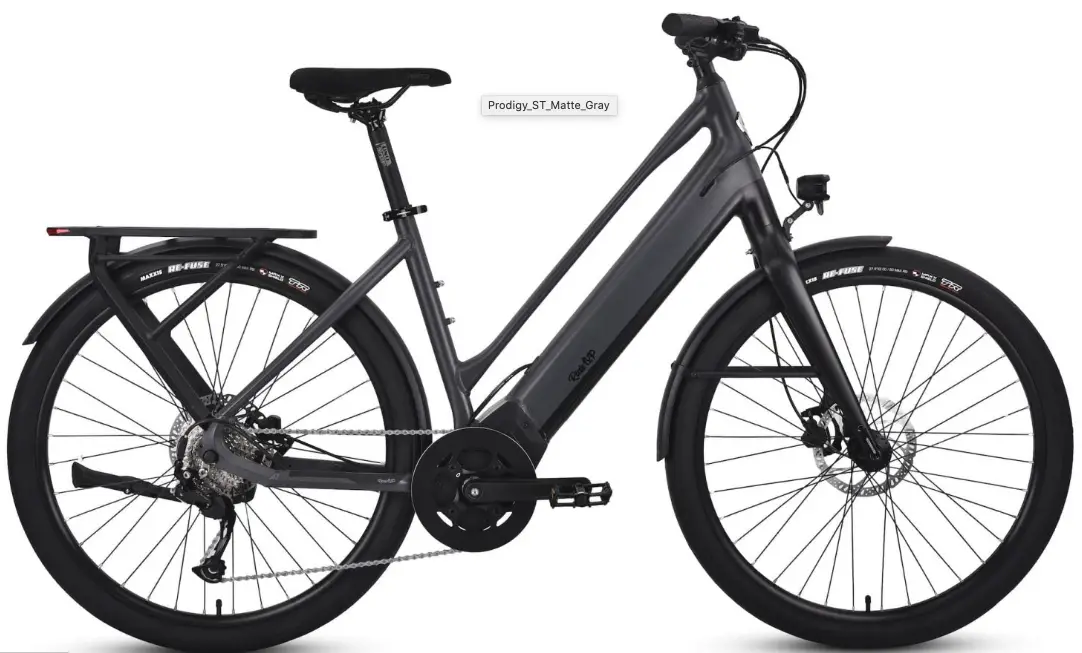
The intense sport or exercise enthusiast
If you are a hardcore bike rider, mountain bike lover, enthusiastic bike lover, or just someone that loves to go somewhere on your bike, then the torque sensor is meant for you. This system allows you to train your muscles, power the battery, and reach further than ever before without becoming too spoiled.
Because torque sensors only amplify what you’re putting in, they’re seen as boosts to your workout.
By working in this manner, torque sensors allow you to comfortably and efficiently use them in most situations while also staying fit and healthy.
As you get a feel for your e-bike sensor, you may find yourself loving your e-bike more and more.
Which E-Bikes Have Torque Sensors?
Torque sensors can’t be found in every e-bike. In general, torque sensors are more expensive than cadence sensors. So once you decide to get an electric bike with a torque sensor, you can expect to pay around $200-$400 more.
In general, most e-bikes with mid-drive motors have torque sensors while cadence sensors are found on those with hub motors. There’s no denying that both mid-drive motors and torque sensors can be found on more expensive bikes.
And, therefore, you’ll find torque sensors in more expensive, high-quality e-bike brands as well as electric mountain bikes. This is primarily due to higher customer expectations of getting the power they need to go up hills.
Still, many of the newer e-bike models have adopted an integrated system, meaning that it uses a torque and a cadence sensor.
Some of the electric bike brands that use torque sensors or an integrated system are:
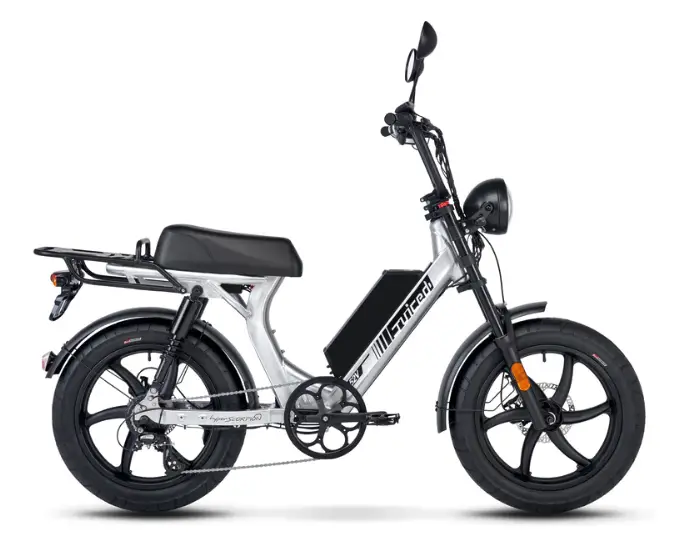
Motor Brands that include torque sensors:
- Bosch
- NuVinci
- BionX
- Brose
What should you look for when choosing an electric bike with a torque sensor?
When choosing an e-bike, you should ensure that the sensor system you’re buying has a good power “ratio”. An example is that some e-bikes with torque sensors have strong motors, robust gearing, and proper braking systems but small batteries.
This means that you’ll have to charge the system a lot more than expected and your range will be reduced.
I’d definitely recommend looking at the price of the e-bike before you get too attached to its features and torque system. If you find that getting a torque sensor is just too costly, you may want to re-evaluate whether a less-expensive cadence sensor will work for you.
After all, the sensor is just one of the important things you’ll want to consider when buying an e-bike.
You can purchase torque sensor e-bikes at many reputable bicycle shops and online retailers.
Take a closer look at the best e-bike brands for your money!
How Can a Torque Sensor Help You Go Further?
Don’t just worry about which electric bikes have torque sensors. First, decide whether paying the extra cost for one is worth it for you.
Pedal Assistance
If you are using an e-bike without pedaling (using only the throttle), you’ll typically reduce your maximum range significantly. However, when using a torque sensor properly, your range usually quadruples, allowing you to drive up to 100 miles on a battery charge.
This is because the motor is only boosting the power you supply to the wheels instead of powering them directly.
With each pedal push, you’ll feel like you have bionic strength, as compared to someone riding an electric bike with a cadence sensor. In fact, many of the most advanced e-bikes in the world will use a complex generator system with a torque sensor.
Battery Power
So, if you’re pedaling or going downhill, the battery will charge as you go. It may even recharge the battery when you are braking, allowing you to go even further.
Further, when using a cadence sensor, the motor is either on or off, always providing 100% or just 70% of its power. This drains the energy from the battery much faster.
But a torque sensor does the opposite! It doubles the amount of power you are giving, which means that when you are pedaling harder, more energy is provided. Therefore, this drastically prolongs the motor’s power and allows you to reach any location that you would like to comfortably.
Read here to find out how much you should pay for an e-bike!
Conclusion
Torque sensors are some of the most amazing things in electric bikes as they actually increase the power available. Many people have fallen in love with how these systems work and would never want to ride an entirely automatic bike (or an e-bike with a less-efficient cadence sensor for that matter).
So, what e-bikes have torque sensors? Well, if you follow high-quality brands, they’re not only more likely to use them, they’ll be sure to tell you that they are! You’ll then know that you’re investing in one that’ll last longer and need repairs less often.
Make sure to check out the curated list of torque sensor e-bikes at the top of the article!
But, whichever type of sensor you decide to use, please don’t expect the bike to make you magically capable of conquering the deepest mountain passes; that’s only possible with skill!
